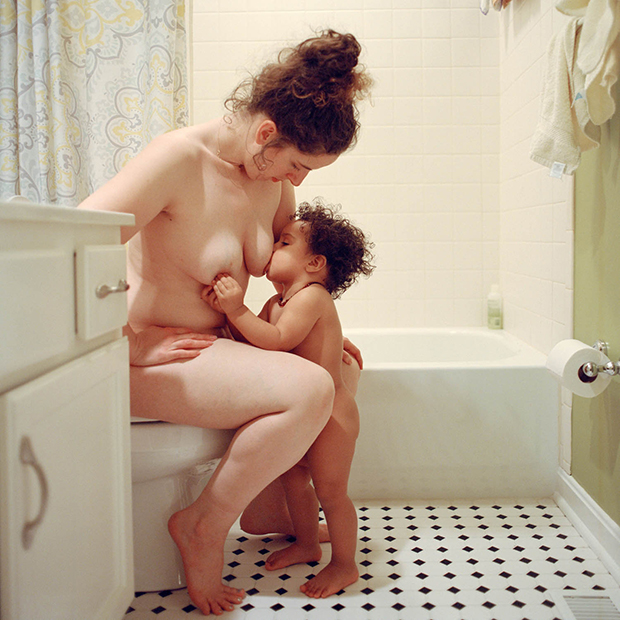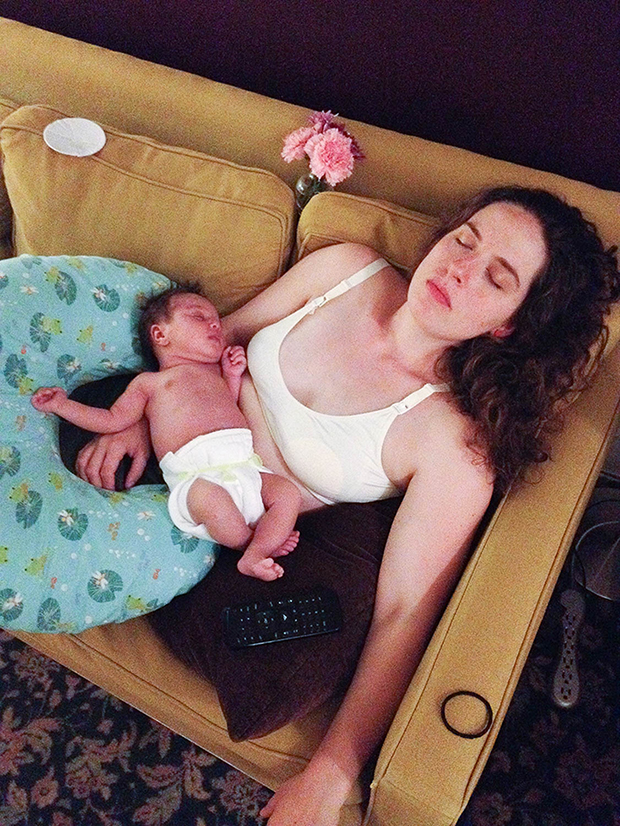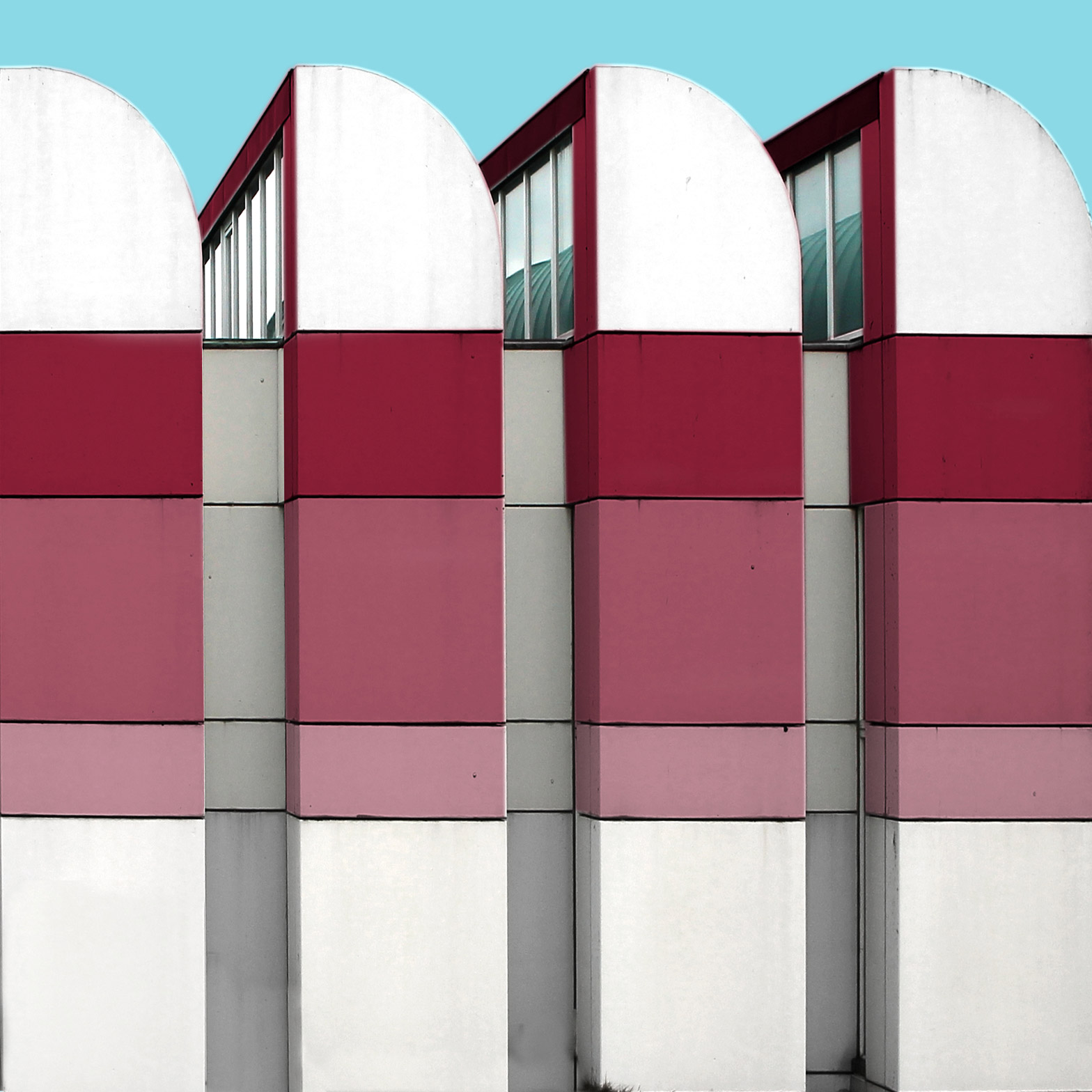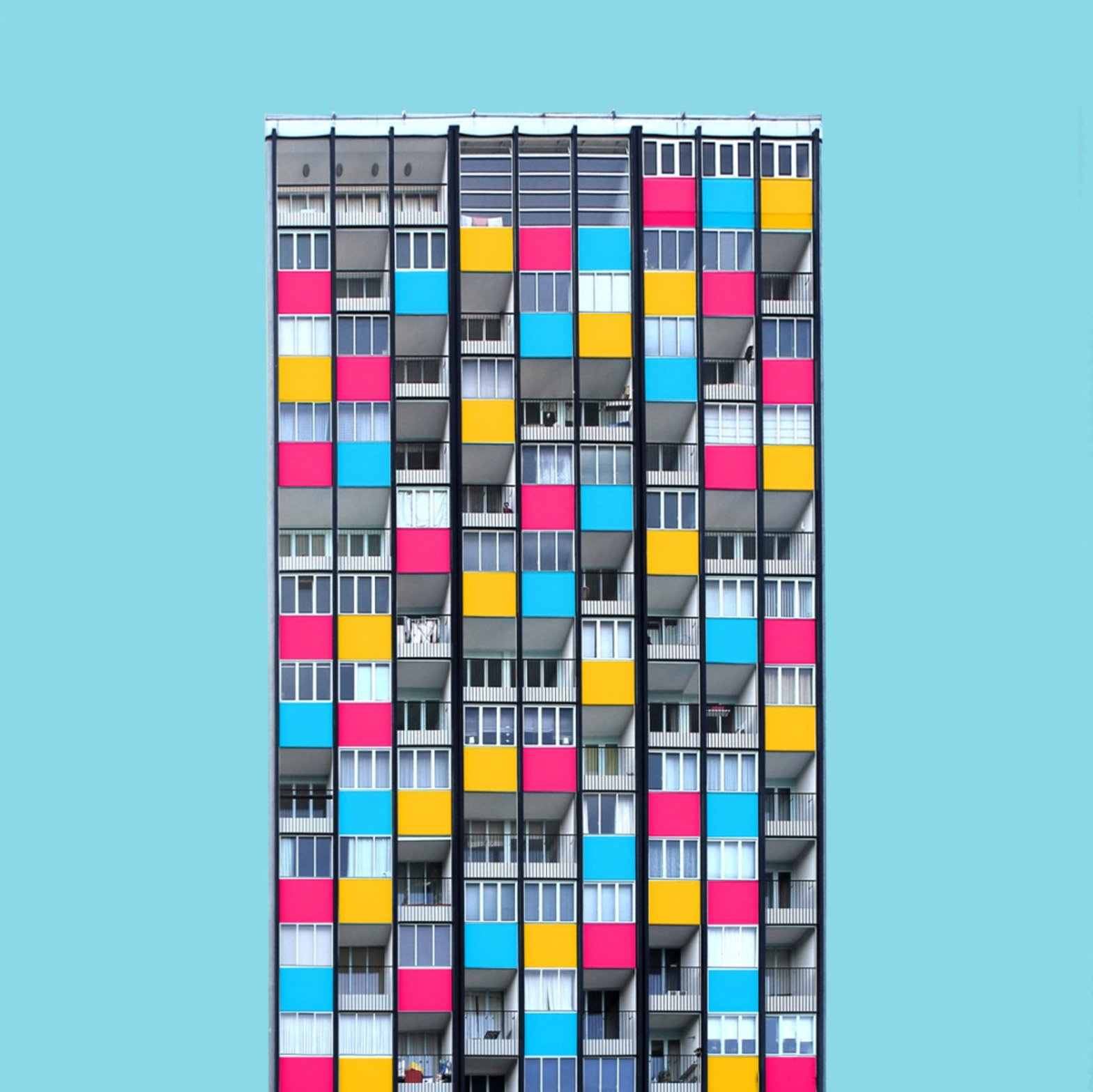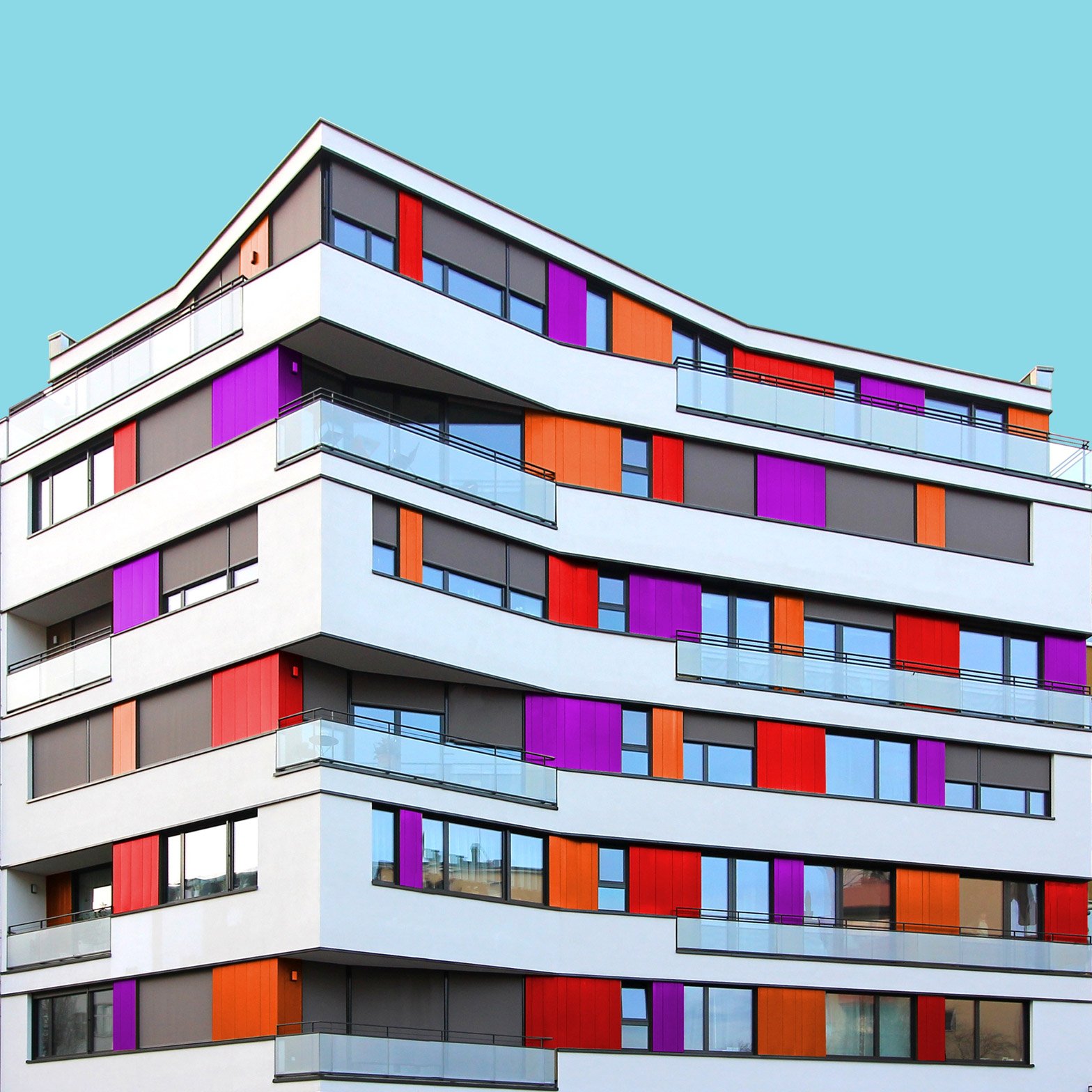


"I am obsessed with the way things look around me, from the inside of my fridge to the alignement of the shower creams in my bathroom. This obsession is positively influencing my work and the way I shoot. Anything that is repeated looks aesthetically pleasing to me."
Ophelie Rondeau
Ophelie Rondeau is a London-Berlin based videographer and photographer. She is currently known for an ongoing project Ophelie and the Girls, which deals with female and girlhood relationships, expressed through repetition.
Two is better than one. At least in this series. These girls are communicating to the viewer a perspective of girlhood and feminism with their eyes and body language. None of the subjects in the photos are far from each other. They are grouped together as a figurative connection. The girls are wearing feminine pink and red suited for for teens.
This work impresses me with how much detail and planning went on for this series. Many coordinated outfitting happened. Ophelie is right--repetition is hypnotic. It's naturally occurring all of the time. For me, this work reminds me of a girlhood that I never had. Rondeau uses the pairs and groups of girls figuratively and in uniform with each other. These pictures are symbolic in a way only a girl would understand.
